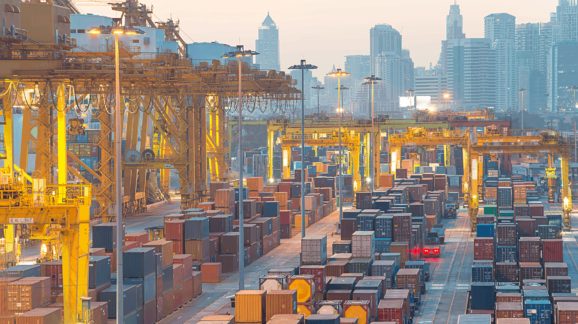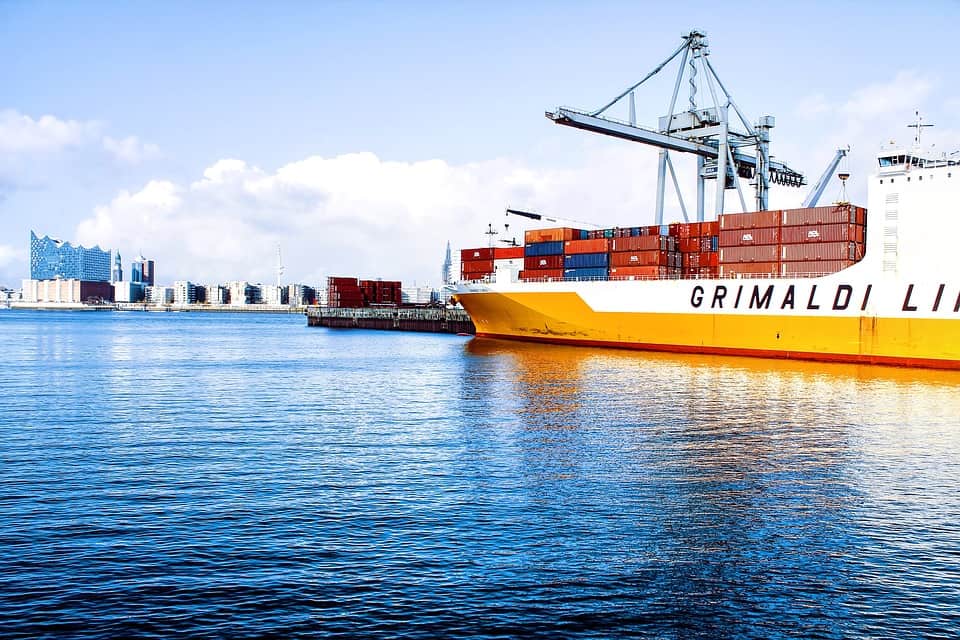Tariffs and Opportunity Costs

 Today’s unsubtle trade debate largely ignores a subtle, but vitally important concept: opportunity costs. Direct harms from tariffs are easy enough to point out. Steel and aluminum tariffs mean new buildings and cars cost more now, for example. But opportunity costs are more abstract. The economist Frederic Bastiat famously called them “the unseen.”
Today’s unsubtle trade debate largely ignores a subtle, but vitally important concept: opportunity costs. Direct harms from tariffs are easy enough to point out. Steel and aluminum tariffs mean new buildings and cars cost more now, for example. But opportunity costs are more abstract. The economist Frederic Bastiat famously called them “the unseen.”
For example, NAFTA renegotiations could potentially impose a 2.5 percent tariff on cars that don’t satisfy certain new requirements. An affected $20,000 car would then cost an extra $500. Where before a family could have a new car and $500 worth of other goods of their choosing, the administration prefers that they have only the car. And not a different or better car, mind you. The same car, just more expensive.
What value could the family have gotten from that lost $500? That is the tariff’s opportunity cost. Maybe it’s some new clothing and shoes for kids who just won’t stop growing. Maybe it’s replacing that beat-up dinette or recliner. Maybe it’s a couple of nice date nights for the parents, and some spending money for the neighbor kid who babysits. Maybe it’s a gift to charity. Not even the world’s most talented statisticians can suss out exactly what those lost opportunities might be.
The Trump administration’s new tariffs are a multi-billion dollar tax increase. Think of the sheer number of those little everyday decisions never made because of the money people spend on those tariffs instead of other goods. They add up to a big impact, even if they will remain forever unseen.
Another example. Many tariffs are part of a larger policy goal of preserving manufacturing jobs. A lot of people don’t know this, but service-sector jobs tend to pay more than manufacturing jobs. If you don’t believe me, the data are clear, and they are here. Manufacturing workers make about a dollar per hour less than the average worker. The difference adds up to about $2,000 per year for a full-time worker.
Using tariffs to artificially prevent manufacturing workers from migrating to higher-paying jobs hurts working class families. Mortgage payments are harder to keep up with than they need to be, and maybe that family vacation won’t happen after all. Those are opportunity costs that tariff supporters need to account for, and mostly don’t.
Relatedly, people who think America’s manufacturing sector is in decline should be heartened to know that manufacturing output was already at or near an all-time high before any of the new tariffs took effect. Moreover, this was accomplished with fewer workers than in years past. So the country gets staggering manufacturing output and a couple million peoples’ time and talent freed up for other, additional pursuits. Not one or the other, both. People today are creating and buying more with less than before, which is a good thing. Public policies that accomplish the opposite, such as tariffs, should be rejected by dynamists and nostalgists alike. It is better to create opportunities than prevent them.
Back to that $2,000 pay difference. Compensation is tied to productivity; this is why teenagers almost always make less than mid-career workers. When tariffs artificially keep workers in less productive jobs, as they are currently doing with the steel and aluminum industries, people’s time and talents aren’t being put to their most valuable uses, creating opportunity costs. One of those workers in a legacy job could have an idea in her head for a new product or her own business that could pay more and create more value for people than her current job does. She deserves the chance to give it a go. Maybe an existing startup is having trouble finding enough workers because tariffs and other policies induce people to stay put at the steel mill. That is consumers’ loss, and it doesn’t need to be.
If there were fewer tariffs and other industrial policies, the pay difference between manufacturing and other sectors would be smaller. Think of it like this: that $2,000 pay gap encourages workers to leave manufacturing jobs. As they do so, each additional service job pays progressively less until average pay is equal to manufacturing. At that point, there is no point in leaving manufacturing, since the money is the same.
At the same time, manufacturing employers would increase their pay to prevent workers from leaving, up until it matched service sector pay. The two sector’s pay would meet somewhere in the middle of where they are now. Economists call this converging tendency the law of one price. Tariffs get in the way of that process, creating still more opportunity costs. That wage difference is a sign that some people could be doing better, but something is costing them the opportunity—such as tariffs.
Tariffs don’t account for all of the manufacturing-service pay gap, mind you. Subsidies, tax breaks, and regulations can have similar effects. Training for new skills isn’t free, and even simple inertia matters, too. And those last two aren’t necessarily bad things. For some people, learning a different skillset is more trouble than it’s worth. Some people simply enjoy their current job more than they would an extra dollar an hour. They are not wrong. They have valid personal preferences that should be respected. But they should at least have the choice. Tariffs and other policies substitute the President’s preferences for workers’ preferences, and account for a chunk of the manufacturing-service sector pay gap, and all the lost opportunities that represents.
These types of opportunity cost arguments are impossible to explain in soundbite form. They will never appear in a meme, or a cable news shoutfest. There are no data for opportunity costs, and they don’t make for compelling news stories. I think it was P.J. O’Rourke who once pointed out the difficulty of holding a press conference in front of a building that was never built, that doesn’t house a business that was never founded, while not flanked by workers who were never hired, and are not making a product that was never invented. Even so, opportunity costs matter. They affect real people, and must be part of the trade debate.
For more arguments that deserve a place in the trade debate, read Iain Murray’s and my “Traders of the Lost Ark” study here.